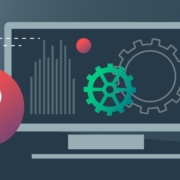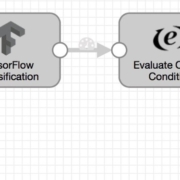Machine learning-based applications have seen significant commercial success in several mainstream consumer applications in the recent past. Self-driving cars, stock-trading bots, robo-advisors, Amazon’s Alexa, and Apple’s Deep Fusion and Siri are some of the renowned examples of commercial success with artificial intelligence and machine learning. AI has also made our lives easier by improving the customer experience of the products we use. Google’s text generation software, Netflix’s recommendation engine, and Facebook and Twitter’s fake news detection are other prime examples. In fact, every single technology company uses AI in its mainstream applications either directly or indirectly. Non-technology companies are also using AI to improve customer experience, improve efficiency, and generate new revenue streams. Chatbots, robo-advisors, systems that predict system failures, and products that generate efficient supply chain routes are some of the prominent ways in which non-technology companies use AI. This is leads to a popular belief that AI and ML are primarily used by technology companies or they are being used by non-tech companies to build AI-based products.
This popular perception is not true. There are plenty of avenues in which AI/ ML is being used or can be used by non-tech and non-product-based groups to generate insights. In this article, I am going to share with you four ways in which you can augment advanced analytics into your analytics strategy to generate insights.










